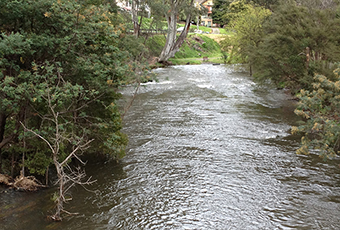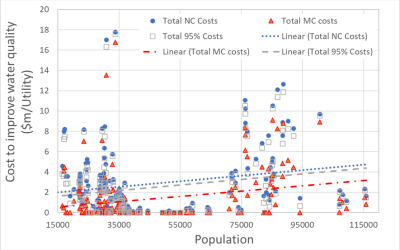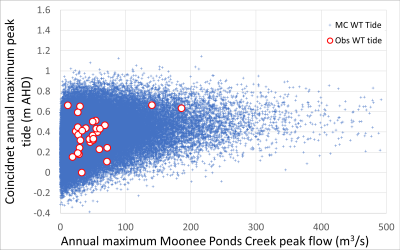
However, monitoring programs of this nature rarely capture all catchment processes operating at the time of sampling and therefore evaluation of catchment responses is limited. A recent approach to characterising catchment water quality has been the “Snapshot Study”. The Snapshot Study is based on fundamental criteria including categorising catchment landuse, designing a sampling and analysis strategy based on catchment hydrology and knowledge of the climatic conditions before and during the time of sampling. Results from different sourcetracking techniques are then used to compare relative contaminant contributions from mixed landuses. The snapshot study allows numerous sites within a catchment to be sampled and results can be interpreted in the context of the hydrological processes at the time. This provides a water quality “fingerprint” of catchment waterways, whilst allowing an improved evaluation of potential contaminant sources and subsequent waterway health. However, the interpretation of contaminant contributions using different source-tracking techniques resulted in contradiction in several sub-catchments. This was considered an important outcome between sub-catchments and ultimately for the characterisation of water quality in sub-catchments. The monitoring approach is novel and this paper discusses the main outcomes from two snapshot studies, whilst highlighting the complex water quality relationships between land uses and catchments or sub-catchments.





